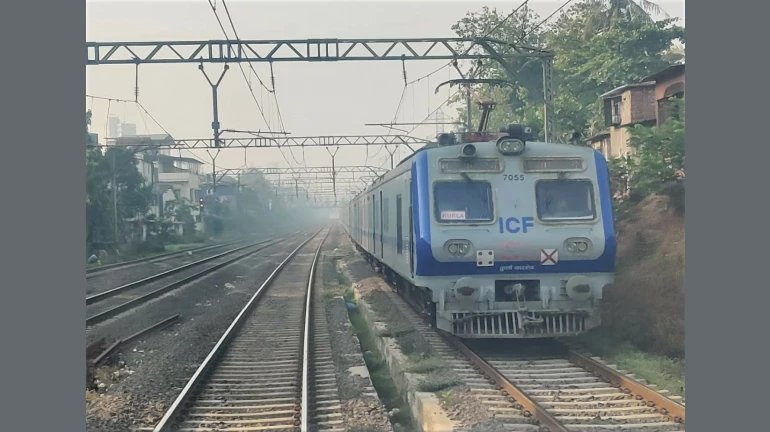
Some of the recommendations in an interim report recently presented to Mumbai Rail Vikas Corporation (MRVC) include redesigning seating arrangements on air-conditioned (AC) local trains to create more seats for women, creating space for a luggage compartment, adding more of these trains to the fast line and increasing the halt time.
After conducting a survey for over a year, Systra, an engineering and consulting firm that specializes in public transport and mobility solutions, created the report called AC EMU Migration Study. MRVC assigned it in December 2022 to carry out an extensive investigation into a number of areas pertaining to AC local trains that are run on a daily basis by the Western Railway (WR) and the Central Railway (CR).
The investigation has brought attention to the cost difference between AC and non-AC local trains, which may deter commuters from choosing a cool journey.
The interim report suggests raising the percentage of female seats in AC localities from the existing 13% to 19%. The current percentage in non-AC localities is 23.
In the report it was mentioned that for a more thorough analysis and comparison, comparative data from the Delhi Metro and Mumbai Metro has been gathered. In metro trains, women typically reserve 30–40% of the seats, while old citizens and divyangjans typically reserve 10–20%. A comparable degree of reserve should be in place when non-AC EMUs (electric multiple units) are replaced by AC EMUs, both out of caution and in accordance with public expectations.
A senior railway official stated that if the ministry of railways did decide to make such a move, it would take at least ten years to replace all AC locals with non-AC trains. The relative locations of reserved seats in both types of trains should be comparable given the current circumstances. In addition to being operationally convenient, commuters won't have to rush if the reserved seats are distributed well.
The officer added that there are additional operational and technical problems, such as opening and closing doors and analyzing current travel patterns to increase the number of people switching from the current system to AC locals.
The report states that at least 24% of trains operate on fast lines. When an AC rake is used, less time is available for boarding and alighting, but when a non-AC rake is used, the entire stoppage time can be used for these activities. The door takes about six to ten seconds to open or close.
According to the report, in a simulation exercise, a non-AC train took 30 seconds to stop or dwell on a slow line, whereas an AC train took 38-40 seconds. The dwell time on a fast line was 30 seconds for non-AC trains and 40-45 seconds for AC rakes. Due to fewer station stops and a consequently lower load on the air conditioning system, among other reasons, the report recommends giving priority to the installation of AC rakes on fast lines.
A final 'AC EMU Migration Study' will be prepared, and recommendations from other stakeholders will be included.
The report also took into account the expansion of the suburban rail network, which is currently in various stages of construction. Other ideas include cab-based signaling instead of existing signal poles to increase speed, smoother rail links for faster turnaround time, and effective communication with rail commuters.
As an interim report, it is too early to comment, according to MRVC officials, and a final report with more recommendations will be released soon.





